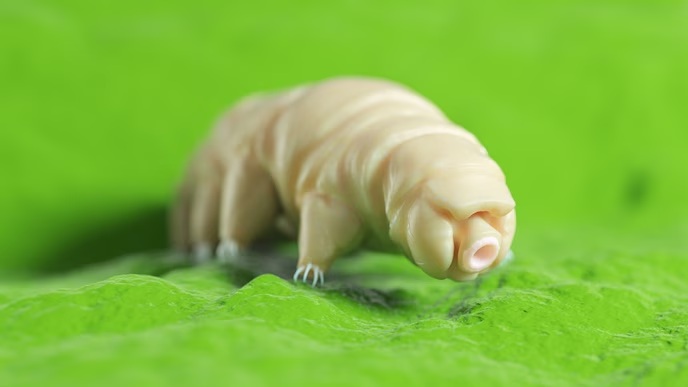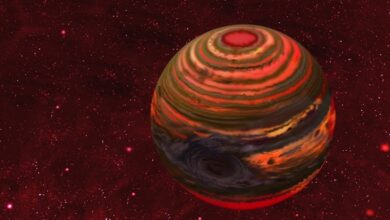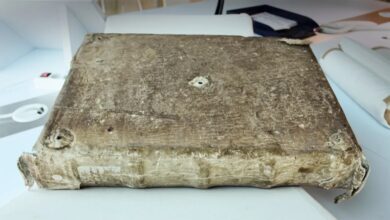ISRO is launching water bears to the Space Station with the Axiom-4 mission.
News Mania Desk / Piyal Chatterjee/ 18th April 2025

The Indian Space Research Organisation (Isro) is preparing to participate in experiments on the International Space Station as Shubhanshu Shukla gets ready to fly with the Axiom-4 mission.
The Indian astronaut will embark on a 14-day mission to the Space Station with Axiom Space to live and operate in zero gravity. He will perform various experiments while he is there, with the Voyager Tardigrades experiment being one of the most significant. Shukla will command the SpaceX Dragon spacecraft to the ISS, making history as the first Indian to live and work at the Space Station.
Tardigrades, often called water bears or moss piglets, are small, aquatic micro-animals renowned for their extraordinary survival skills.
They were initially found in 1773 by the German zoologist Johann August Ephraim Goeze. The term “Tardigrada” translates to “slow walker” in Latin, alluding to their sluggish, bear-like motion. These tiny organisms typically range from 0.3 mm to 0.5 mm in length, necessitating a microscope for observation. Tardigrades are present in nearly all locations on Earth, such as mosses, lichens, soil, leaf litter, freshwater, marine habitats, high altitudes, deep ocean depths, hot springs, and even polar ice.
They possess eight legs, with each ending in small claws, and their bodies are segmented and frequently shielded by a robust cuticle. Their sluggish, heavy movements earn them the nickname “water bears.”
Researching tardigrades in space is crucial as these minuscule organisms can endure harsh conditions that would be lethal to the majority of living beings, such as the vacuum of space, severe radiation, and extreme temperatures. The findings of the experiment could shape the plans and advancement of India’s Gaganyaan Mission .






